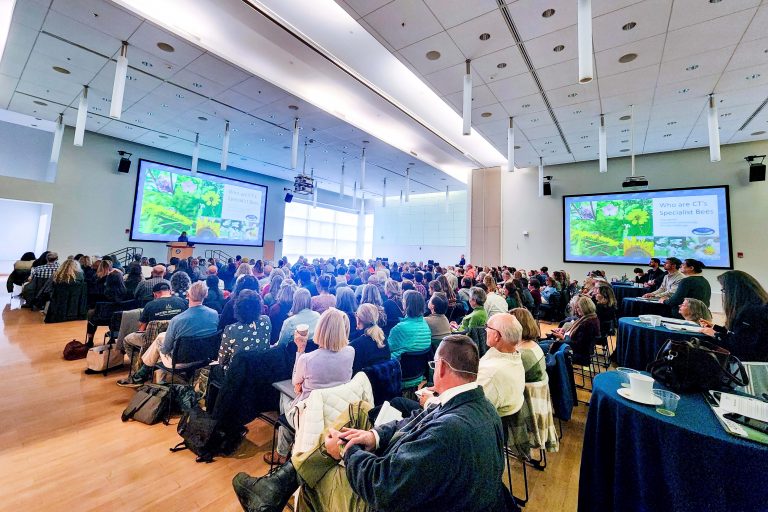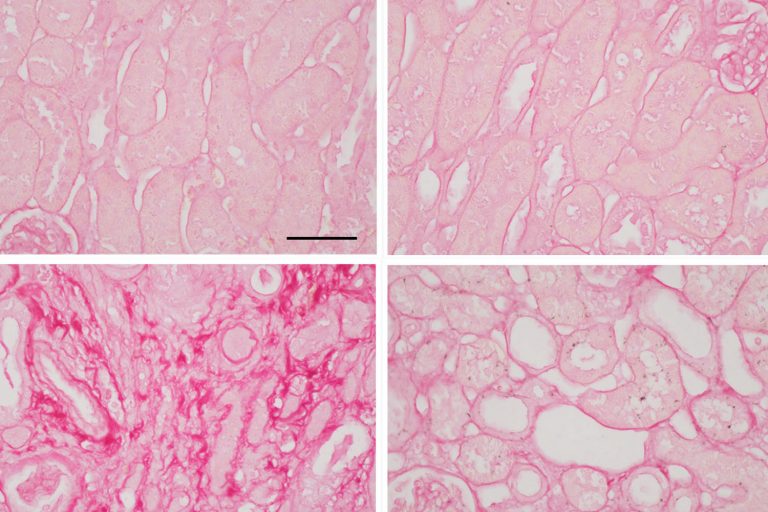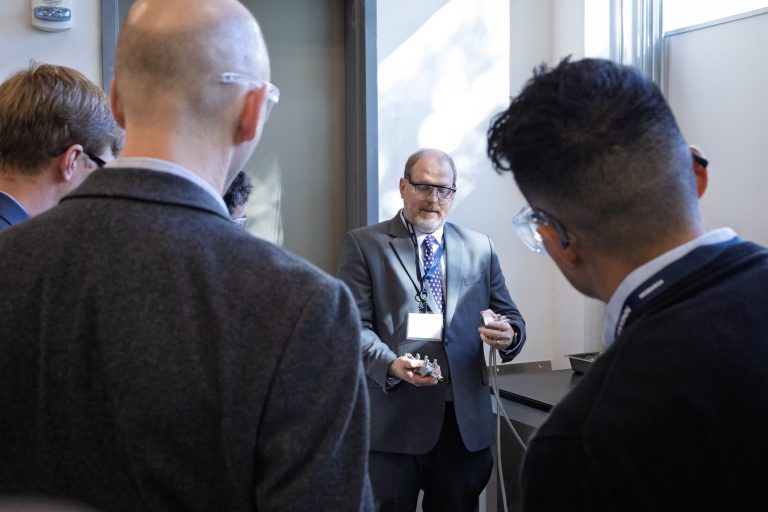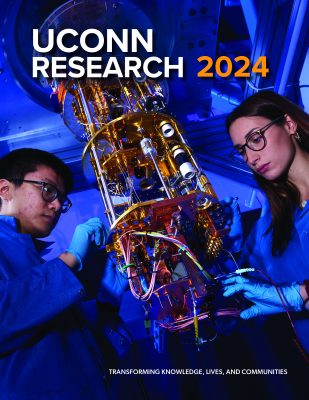NetID required to view content. Please visit the NetID Management site to find NetID information.
UConn Research
Transforming Knowledge, Lives, and Communities
$368 M
Awards for researchers in FY24
$747 M
Annual impact on Connecticut’s economy
37%
Increase in research expenditures over past 5 years
83
Invention disclosures from UConn researchers in FY23
Research Impact
UConn is a leader in discovery and innovation. From breakthrough cures to innovations that strengthen communities and economies, UConn research delivers meaningful impact throughout Connecticut and beyond.
Research Strengths
As a top public R1 university in New England, UConn conducts groundbreaking research across seven campuses, uniting experts from diverse disciplines to solve complex challenges. From engineering to the social sciences to advanced clinical research, UConn’s strengths span a wide range of fields—fostering collaboration and driving progress at every level, from local communities to global impact.
Sustainability
UConn research harnesses the power of innovation to respond to pressing environmental changes. UConn is dedicated to advancing renewable energy, sustainable agriculture, conservation science, and more. This research contributes to a healthier planet and empowers communities to thrive in harmony with the environment.
Research is an essential component of UConn’s Sustainability Action Plan, which maps the University’s trajectory toward goals such as complete carbon neutrality by the year 2030. By integrating cutting-edge research with practical initiatives, UConn aims to reduce its environmental footprint and serve as a model for sustainable practices in higher education.
Clean Facilities, Clean Future
Sustainability doesn't just describe UConn’s research priorities -- it also describes how UConn researchers carry out all their work. The University’s research facilities adhere to the University's Sustainable Design and Construction Policy, prioritizing energy efficiency and a minimal environmental footprint.
Student Research
UConn is training the next generation of scientists and scholars. From undergraduates to doctoral students, investigators receive unparalleled support as they conduct real-world research and prepare for careers in academia, industry, and other sectors.
Research News
-

The fifth biannual Native Plants and Pollinators Conference brought together professionals and enthusiasts from across Connecticut
- category: research
- columns: 4
- pictures: true
- number-of-posts: 1
- read-more-text: Continue Reading
- show-excerpt: true
- show-date: true
- safe-fetch: 1
- attempted-request: https://today.uconn.edu/wp-rest/wp/v2/posts?category-name=research&posts_per_page=1&adjacent-posts=true&_embed
-

About one in seven American adults has chronic kidney disease
-

This fund is part of the Advanced Research Projects Agency-Energy (ARPA-E) Program to eliminate waste of essential minerals and increase domestic resiliency
- category: research
- columns: 4
- offset: 1
- pictures: true
- number-of-posts: 2
- read-more-text: Continue Reading
- show-excerpt: true
- show-date: true
- safe-fetch: 1
- attempted-request: https://today.uconn.edu/wp-rest/wp/v2/posts?category-name=research&offset=1&posts_per_page=2&adjacent-posts=true&_embed
-

The fifth biannual Native Plants and Pollinators Conference brought together professionals and enthusiasts from across Connecticut
-

About one in seven American adults has chronic kidney disease
-

This fund is part of the Advanced Research Projects Agency-Energy (ARPA-E) Program to eliminate waste of essential minerals and increase domestic resiliency
- category: research
- columns: 4
- pictures: true
- number-of-posts: 3
- read-more-text: Continue Reading
- show-excerpt: true
- show-date: true
- safe-fetch: 1
- attempted-request: https://today.uconn.edu/wp-rest/wp/v2/posts?category-name=research&posts_per_page=3&adjacent-posts=true&_embed
UConn Research 2024

